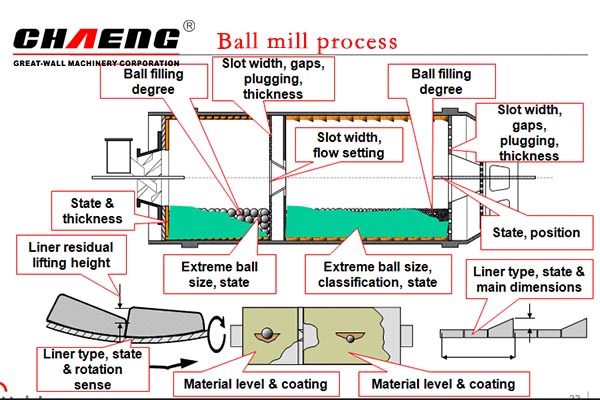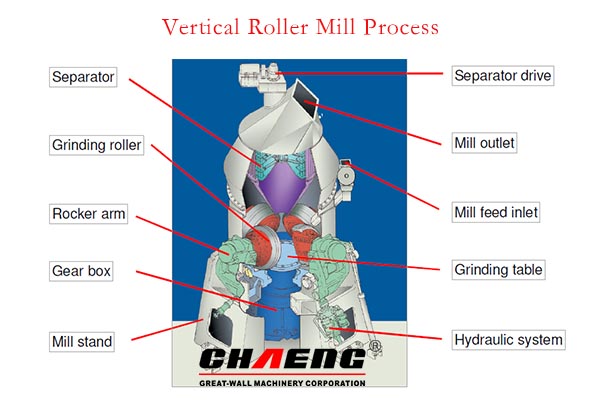06 Nov,2019 UTC+8 Views:
Over the last three decades the vertical roller mill has become the preferred ball mill for grinding of raw materials. The grinding efficiency of the vertical roller mill combined with an ability to dry, grind and classify within a single unit gives the vertical roller mill a decided advantage over a ball mill system. However, despite these benefits, applications of the vertical roller mill for cement grinding are less prevalent.

The two compartment ball mill operating in a closed circuit with a high efficiency separator is thus still the most preferred arrangement for new cement grinding installations although the vertical roller mill now has emerged as a viable alternative to the ball mill system and has increased its share of the market for cement mills over the last decade. There are a number of explanations to this situation, related to issues like cost and ease of operation, cost of installation, cost and ease of maintenance, product quality, versatility, etc.

The following presents a comparison of the two mill systems with reference to these issues.
Cement grinding process:
The grinding process in ball mills and vertical roller mills differ fundamentally. In a ball mill the comminution takes place by impact and attrition. The comminution in the vertical roller mill takes place by exposing a bed of material to a pressure sufficiently high to cause fracture of the individual particles in the bed, although the majority of the particles in the bed are considerably smaller than the thickness of the bed.
It is thus necessary that a stable and consistent grinding bed is formed between the rollers and the table of the vertical roller mill, able to sustain such a pressure without the material being squeezed away from the pressure zone.
A stable grinding bed is usually easily obtained in raw material grinding in a vertical roller mill with a high efficiency separator. However, in cement grinding it becomes more difficult to form a stable grinding bed as
• Cement is ground much finer than raw meal
• The feed to a cement mill is often completely dry and is significantly more difficult to grind than raw materials
• Requirements to the particle size distribution of the finished product are much more strict when grinding cement than when grinding raw materials
These differences between cement grinding and grinding of raw materials made it a serious challenge to obtain a good performance of a vertical roller mill in cement grinding. Today, however, the vertical mill has become an excellent example of a mill design that has overcome the difficult grinding conditions associated with finish grinding of cement clinker and related products.
With respect to forming a stable grinding bed the vertical mill’s patented roller and grinding table designs proved to be a major breakthrough.